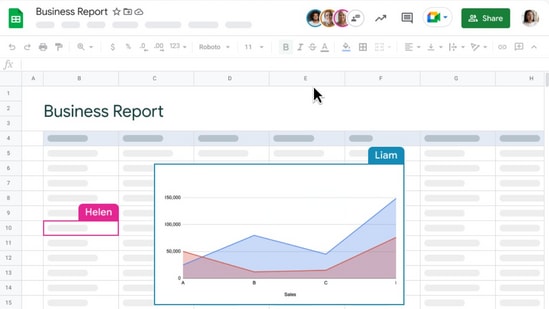These tips will make your spreadsheet skills better
The Spreadsheets are often the preferred way of data analysis and problem solving. So let us learn the best practices to be employed while using spreadsheets.
Spreadsheet is undoubtedly the most used booking keeping and data science tool. It has so easily turned analogous to the paper worksheets. But when working on it, either as Excel or Google spreadsheet, we all find some level of difficulties which hinder us from utilising the tool in full capacity. To surmount this, an article published in Nature discusses the best techniques to use this intelligent data formatting tool for data analysis.

The spreadsheets are often the preferred way of data analysis and problem solving. So let us learn the best practices to be employed while using spreadsheets because ‘spreadsheets are where data science begins’.
1. Work on duplicate sheet
The first advice for the users is to preserve their original spreadsheet as a read-only document and work on their copies. It will ease if one wants to start over again. The article suggests keeping data untouched because an errant mouse click can lead data to end up in the wrong place or the auto-formatting function can spoil the data.
2. Keep formatting style basic
Although spreadsheets present various options for formatting the sheet by altering the fonts to borders styling to background colouring, a researcher should keep it minimal. While formatting can be lost during routine table manipulations, all the data analysis tools are also not familiar with this formatting. The researchers itself might struggle to remember what the formatting describes when they come back to the spreadsheet later.
3. Keep formatting style consistent
The article asks the users to be consistent with their formatting style. “Data-analysis tools expect spreadsheets to be in a specific format: one row of column titles, no merged cells and one table per page. Ideally, all cells are filled, even when there is no data (for instance, with ‘NA’), and contain precisely one piece of data,” the article reads.
4. Document the work
Despite most of the things being saved, researchers should still document their analysis.
The article demands the researchers should create a roadmap. “Designate a spreadsheet as a ‘code book’ that documents abbreviations, how data were collected, units of measurement, how missing values will be represented, the calculations being performed and any metadata needed to understand, process and maintain the spreadsheet.”
5. Employing checks and balance
Spreadsheet users should employ some checks to see if the data-processing code works as expected.
One can also restrict parts of the spreadsheet from getting changed. Data validation can ensure that date columns contain valid dates, that numbers fall within certain ranges or that text fields include expected terms, recommends the article.
6. Pre Planning
And here comes the last but most important practice. We should always plan thoroughly before we start making spreadsheets.
“Which variables and covariates will you be using? What time steps do you need? What analyses will you be performing?” The article says that thinking ahead of time is the best thing users should do.






